General Agriculture
-
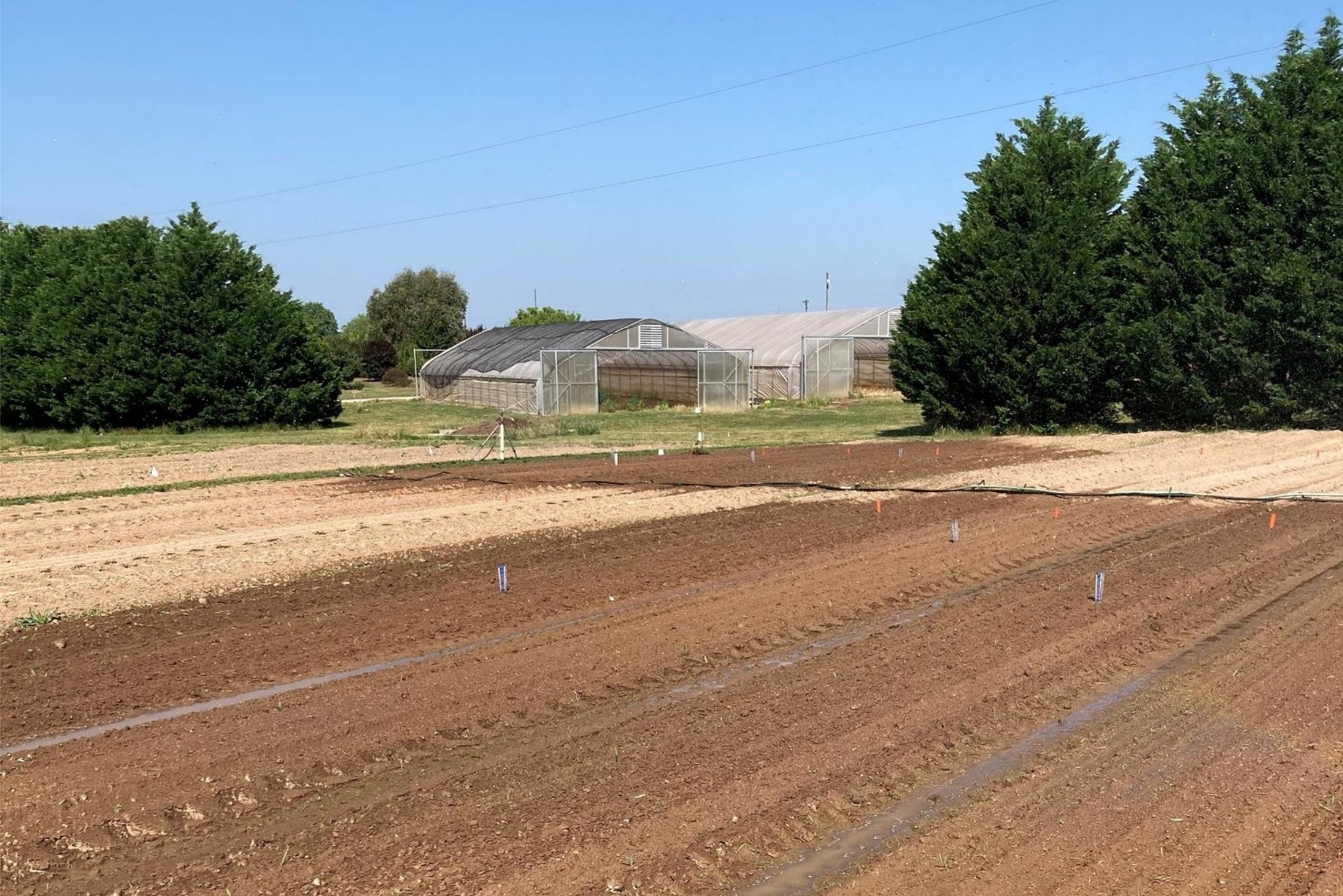
This publication highlights some of the ongoing research into using SSDI in organic vegetable crop production. SSDI facilitates cultivation without harming drip tubing and limits surface soil wetting, which may also reduce weed pressure. Prior research has shown that SSDI offers some advantages over surface-placed drip tubing in conventionally grown crops (Coolong, 2016).
Tim Coolong, Nicholas Basinger, Kate Cassity-Duffey, and Theodore Mcavoy
|
-
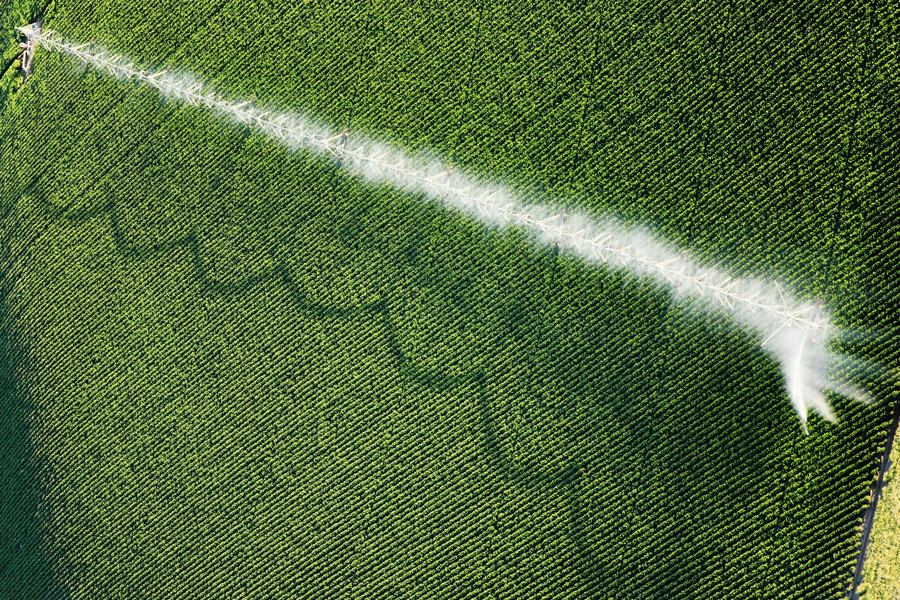
This publication was developed to provide farmers applying animal wastewater with step-by-step instructions to calibrate their center pivot irrigation systems. Within each step, the publication provides reasoning for that step and any equations to calculate the needed values. Along with instructions, the publication also provides a fillable table to collect data and charts to help determine application rates.
Gary Hawkins, Stephanie Hollifield, and Wesley Porter
|
-
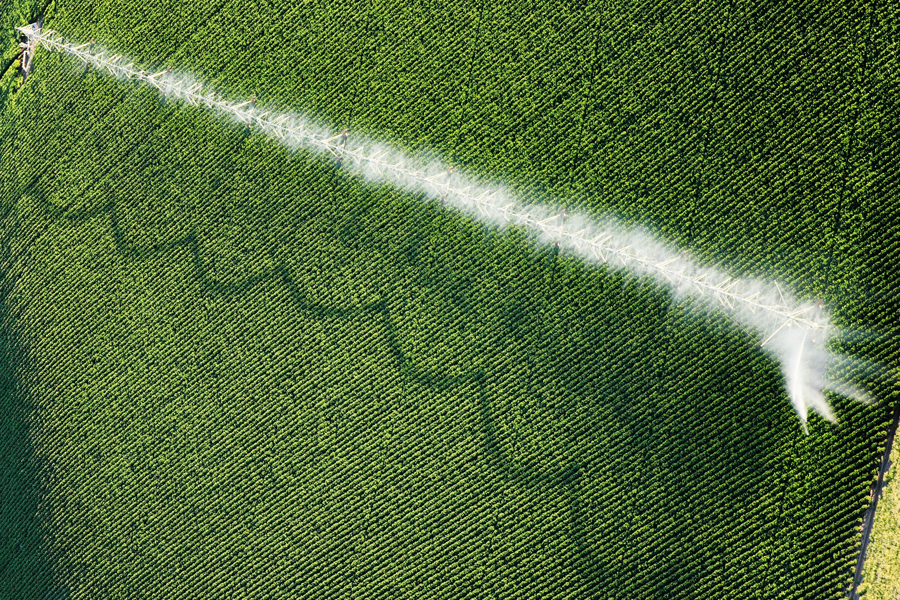
This publication is intended to be used by those familiar with calibrating a center pivot system. The circular lists the steps, calculations, and charts needed to calibrate a center pivot irrigation system pumping wastewater, without explanations of the process itself. The PDF version contains worksheets and formulas.
The step-by-step calibration procedure includes determining: the wetted diameter of your nozzle or sprinkler; spacing between collection cups; the number of cups needed to collect wastewater from all sprinklers/nozzles. Next, place collection cups in a row, equally spaced in the direction of travel, mark the starting point and then operate the pivot normally and mark the end point. Measure the time taken for the system to pass over all cups. Measure between the start and end points to determine the travel distance. Immediately record the volumes or depths of water in each collection cup and use this to calculate the average application depth (in inches, centimeters, or millimeters). Next, determine your “usable” cups and effective diameter of pivot, and then recalculate the average application depth for the “usable” collection cups. Calculate the reference travel speed and the deviation depth for each “usable” collection cup. Next, determine the average deviation depth, calculate the application uniformity and determine the calibration results.
Gary Hawkins, Stephanie Hollifield, and Wesley Porter
|
-
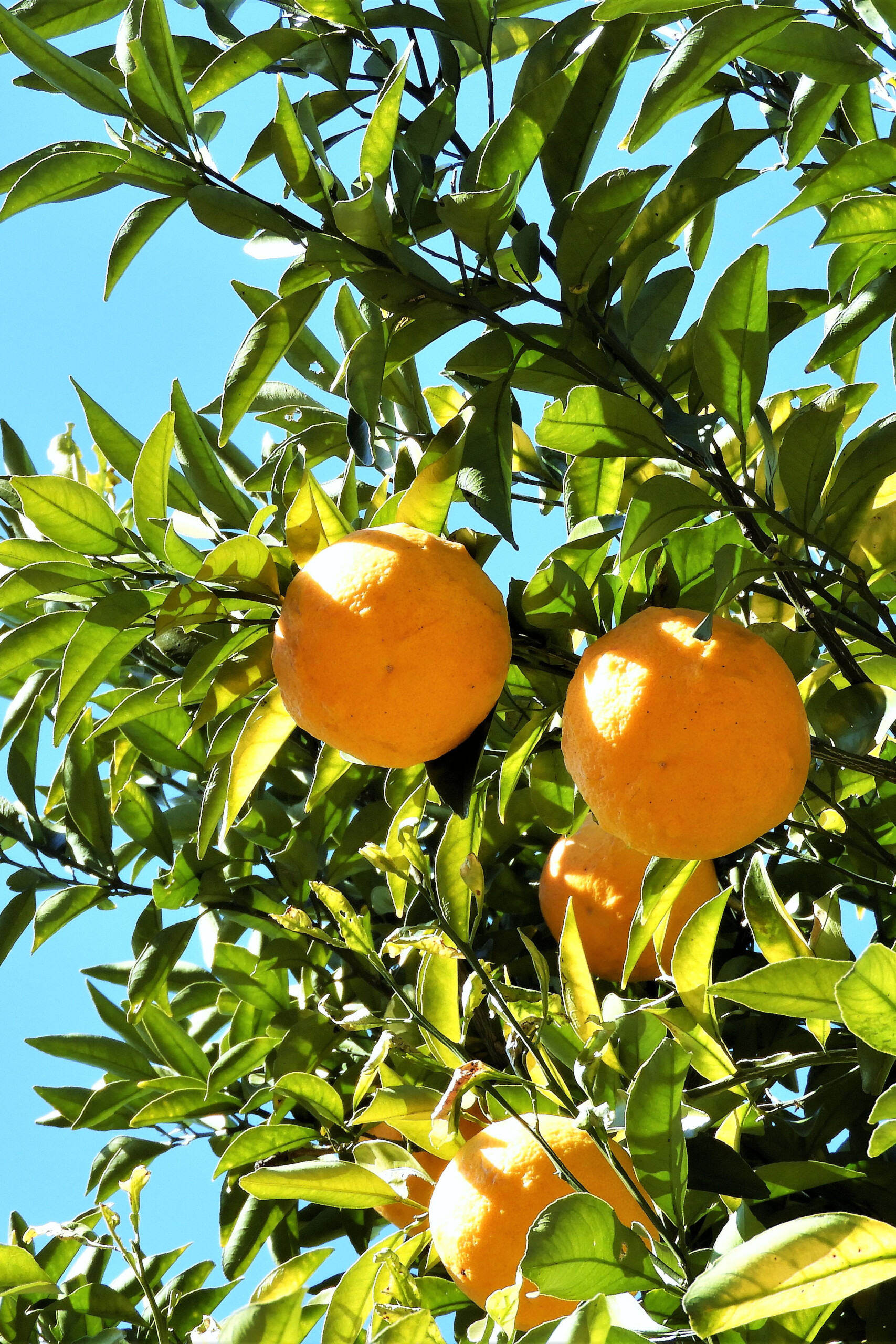
One of the most common questions regarding citrus is how much cold weather they can withstand before they are killed. Most citrus growers are looking for a specific low temperature, but there is no simple answer to this question because there are so many factors involved in citrus cold hardiness. This publication details research and information on the relative cold hardiness of different citrus varieties in Georgia documented from the 2022 December freeze, which saw unseasonably low temperatures. It is important to document the impact of a freeze such as this one on citrus varieties as they are a long-term investment and should be chosen carefully. Additional authors include: Danielle Williams, Mark Frye, Derrick Bown, Jason Edenfield, Justin Shealey, Ben Reeves, Holly Anderson, Tucker Price, Braxton Crews, and Kim Post.
Jacob Price, Brian Hayes, Aubrey Shirley, Sydni Ingram, and Jackson Cloud
|
-
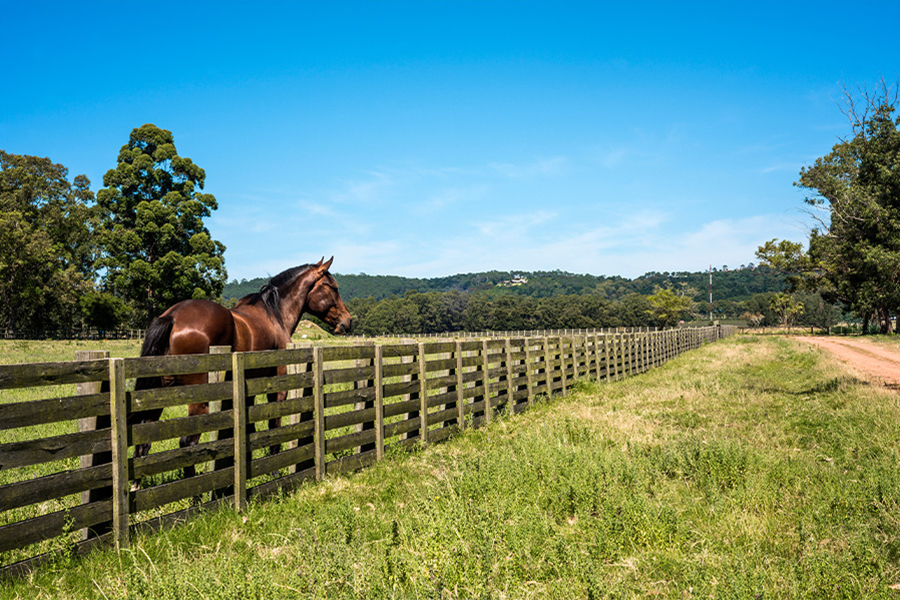
B 1192
Fences for Horses
Fences are necessary to safely confine horses yet provide them with the opportunity to exercise and graze. Because of the natural flight response of horses, they tend to injure themselves in fences more than most other livestock. In addition, many horses are extremely valuable and that justifies the extra cost of building a fence that is safe, strong and attractive. When selecting a fence, consider all three of these important functions: utility (keeping the horses in), safety and aesthetics. How much importance is placed on each function depends on the owner’s budget, the value of the animals and your priorities. A number of alternatives are available for consideration.
John Worley
|
-

This publication provides information on selecting an optimal soil sampling grid size that can accurately depict spatial nutrient variability within the fields in the southeastern US and helps in informing precision site-specific nutrient applications.
Jason Lessl, Simerjeet Virk, and Glendon Harris
|
-

Aeration conditions grain and seed by lowering the temperature of the material and equalizing the temperature within the storage structure. This prevents moisture migration and condensation and can reduce losses during storage.
John Worley
|
-

Fertilizer injectors are devices used to apply water-soluble fertilizers, pesticides, plant growth regulators, wetting agents and mineral acids during crop production. They are a vital part of modern greenhouse or nursery operations. Despite the advantages, many growers have had at least one experience with a compromised, damaged or even ruined crop where the cause was traced to a malfunctioning injector. Just like other mechanical devices, proper and frequent maintenance and calibration are crucial steps to ensure optimal injector performance and, thus, healthy crops.
Svoboda Pennisi
|
-
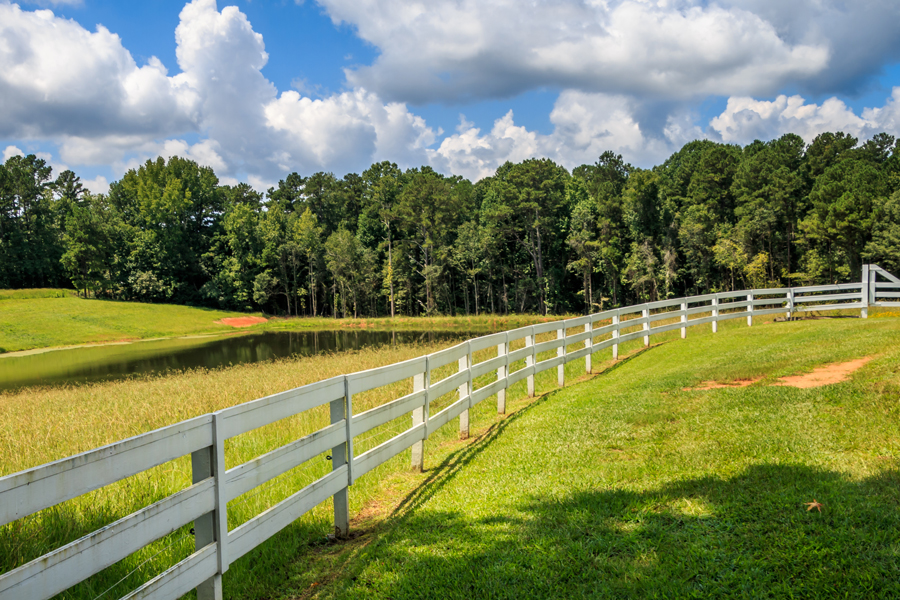
C 774
Fences for the Farm
Fences may be used to protect or divide property, to improve its appearance, to confine animals, or to exclude animals. This publication covers the planning for, type of, materials for, and maintenance of permanent and temporary fences.
John Worley
|